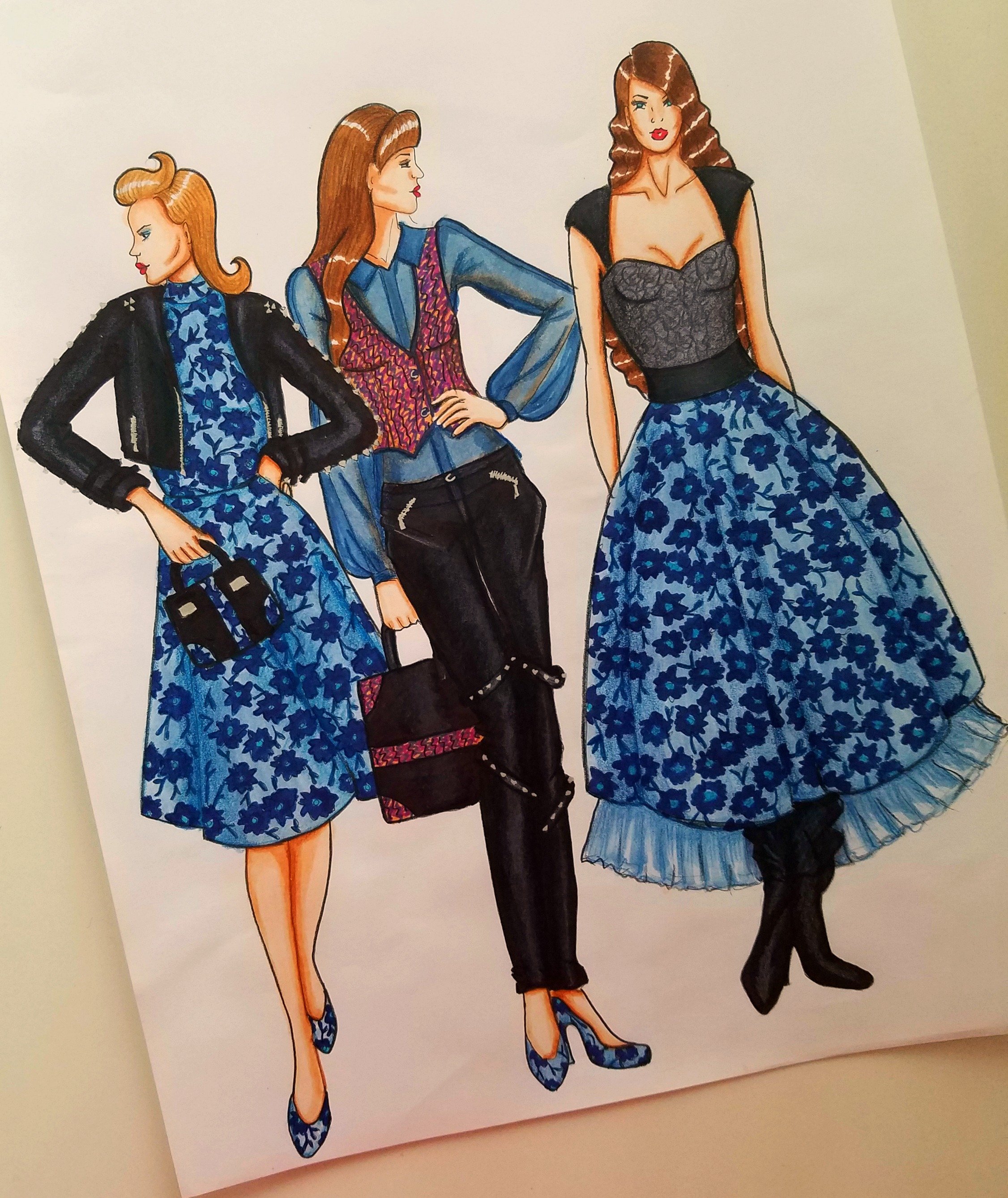How to Create a Fashion Mood Board
A fashion mood board is a powerful tool for any designer or creative looking to visualize their ideas and inspirations. This article will guide you through the essential steps to create a mood board that reflects your fashion vision.
What is a Mood Board?
A mood board is a collage of images, text, and samples that exemplify a concept or theme. For fashion, a mood board can help to communicate the aesthetic and direction of a collection, from color schemes and textiles to inspiration images from various resources.
Why Use a Mood Board?
The purpose of a mood board is to help clarify your design direction. A well-crafted board can articulate your ideas clearly to others, whether you’re pitching a project or collaborating with a team. It serves as a visual benchmark throughout the design process.
Steps to Create Your Fashion Mood Board
1. Gather Inspiration
Start by collecting images and materials that resonate with your vision. This could include photographs from magazines, fabric swatches, nature images, or anything that evokes the desired mood. Use platforms like Pinterest, Instagram, or design blogs to gather fresh ideas.

An example of a fashion mood board.
Source: Project Cece
2. Define Your Theme
Once you have enough images, begin to refine your selections and identify a central theme. This can be a color palette, a particular style, or a specific mood you wish to convey, ensuring all elements align with this focus.
3. Choose the Right Platform
Whether digital or physical, there are various platforms to create your mood board. Digital tools like Canva or Milanote allow for easy uploads and adjustments, while physical boards using poster board or cork can provide a tactile aspect that is appealing to some creatives.

A mood board mockup example.
Source: Points of Measure
4. Compile Your Images
Arrange your selected images on your board. Play around with their layout until you find a composition that feels cohesive. Experiment with layering and spacing to create a dynamic visual flow. Sometimes, adding unexpected elements can enhance the overall creativity.
5. Final Touches
Add in text, annotations, or sketches to further explain your ideas. Label colors or pieces that define your fashion vision. These notes can help others understand your approach during presentations or collaborative discussions.
Digital Mood Boards: Advantages
Digital platforms make it easy to edit, save, and share your mood boards. You can quickly swap in and out images, and their accessible nature allows feedback and collaboration to happen much easier compared to physical boards.
Conclusion
A fashion mood board is more than just a collection of images; it’s a creative expression of your design identity. By following these steps, you can create a mood board that effectively communicates your vision and serves as a guiding light throughout your fashion project.

An inspiring example of a fashion mood board in action.
Source: Fashionista Sketch